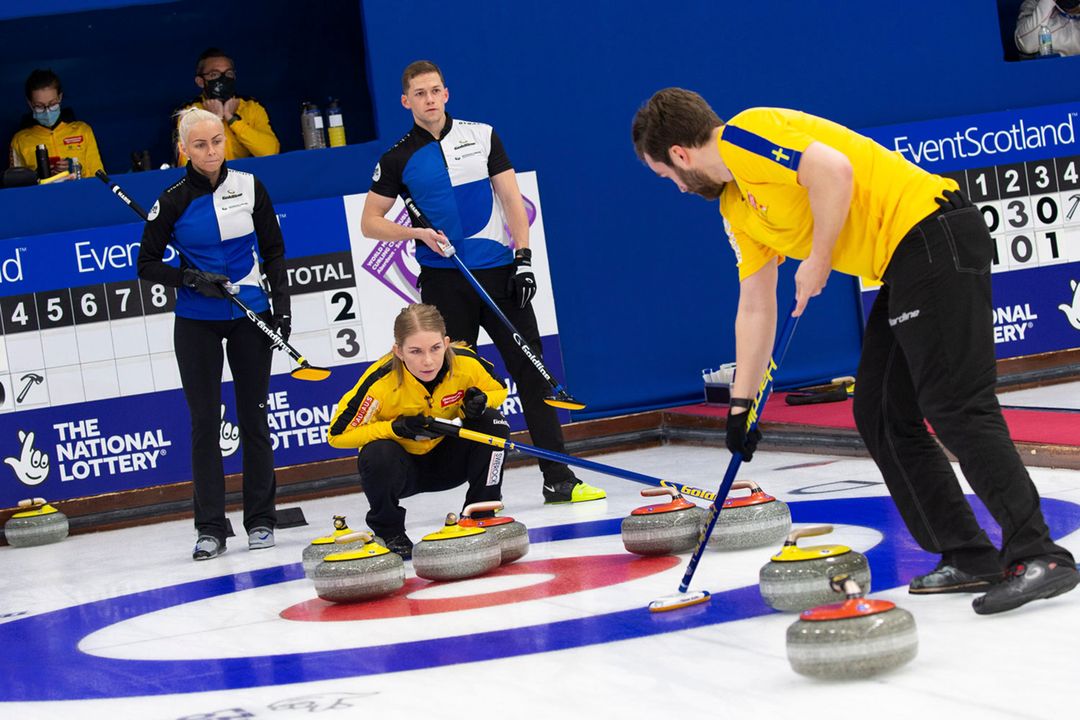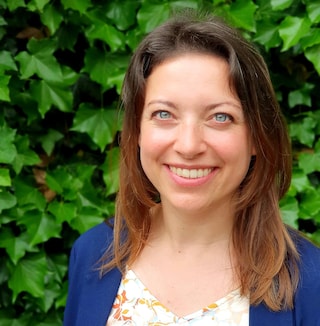Launch your engineering career with our GET program
Almida Winquist de Val (25) has spent the past two years carving out a career as an Automation and Software Engineer at AkzoNobel’s wood adhesives machine department in Årsta, near Stockholm in Sweden. But that’s just her day job. Her other passion is professional curling. Almida started competing in adult competitions in 2010 – and bagged an Olympic bronze medal from the Beijing 2022 Games. So how does she manage to juggle these two successful, demanding careers?

Almida works part-time – which allows her to fit in a rigorous training schedule – both before and after work. “If you snooze, you lose, right? So it’s better to get going,” Almida explains at her daily 05:40 alarm call. Not all of us feel the same way about early morning exercise, when there’s a warm duvet tempting us to stay put. “I really like working out in the morning. I think it gives me lots of energy for the rest of the day,” she enthuses after an exacting hour-long morning session of weight-training, sit-ups and pull-ups.
Technically, Almida works 50% throughout the year – but this is closer to 25% during the winter months, when she’s away for a week or two at a time, traveling to curling competitions as far away as Canada – and increases to 75% during the summer, after the end of the curling season.
Almida was clear about her desire to continue to pursue her curling career right from the application stage. She chose AkzoNobel because we were “hands down the most positive when it came to my curling career and saw the benefits that came with that – such as dedication, planning skills, ambition and being able to work in a team and cooperate with others. A lot of those qualities that come from being an elite athlete are also very, very positive to have in a work environment.”
It's a question of give and take. Almida acknowledges that balancing her career with training is “a bit of a challenge.” It’s made easier by having a very supportive team – and being able to take her laptop with her, so that she can tackle any urgent issues that crop up when she’s on the road.

Photo credits: Bildbyrån
This dual life also requires meticulous planning. When Almida gets back late from her evening curling practice, she prepares her evening snack and a healthy breakfast with soaked oats, yoghurt and raspberries for the next morning. And when she’s not traveling to curling competitions, Sundays are spent stocking up the freezer with nutritionally-balanced, home-cooked lunches for the following week – with help from her supportive boyfriend and chief groceries shopper, Gustav.
The average age of an elite curler is 30-35 and Almida is still only 25, so she’s in it for the long haul. “That’s why it’s so important for me to have a sustainable lifestyle, to not be stressed by combining both curling and work, but to have that work/life balance. Because otherwise, I’d never have the energy to last for that long. So the secret is to minimize stress and prioritize yourself.”
Maybe we couch potatoes just haven’t found the right sport yet? That’s an important first step in becoming more active – even for Olympians: “It has to be fun and really a passion for you to be able to do it as much as I do – otherwise it would just be a burden,” Almida agrees. “I love to curl because it’s a great combination of tactics, precision and physical strength – and also, I just love working together in a team,” she explains.
What’s Almida’s advice for other people who want to combine following their dreams with their day job?
“Just dare to ask. Really try to go after what you want and ask people around you for support, because often, you’ll get more support than you might think. And the worst-case scenario is that you get a ‘no’ and you figure it out in a different way.”

Are you our new colleague? Fancy a rewarding career? Join us. Search for your next challenge:



